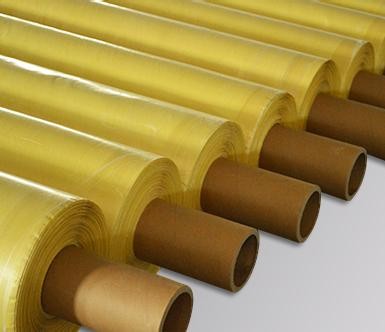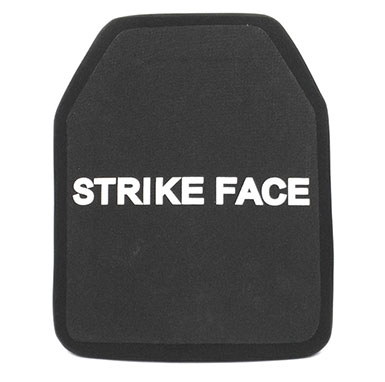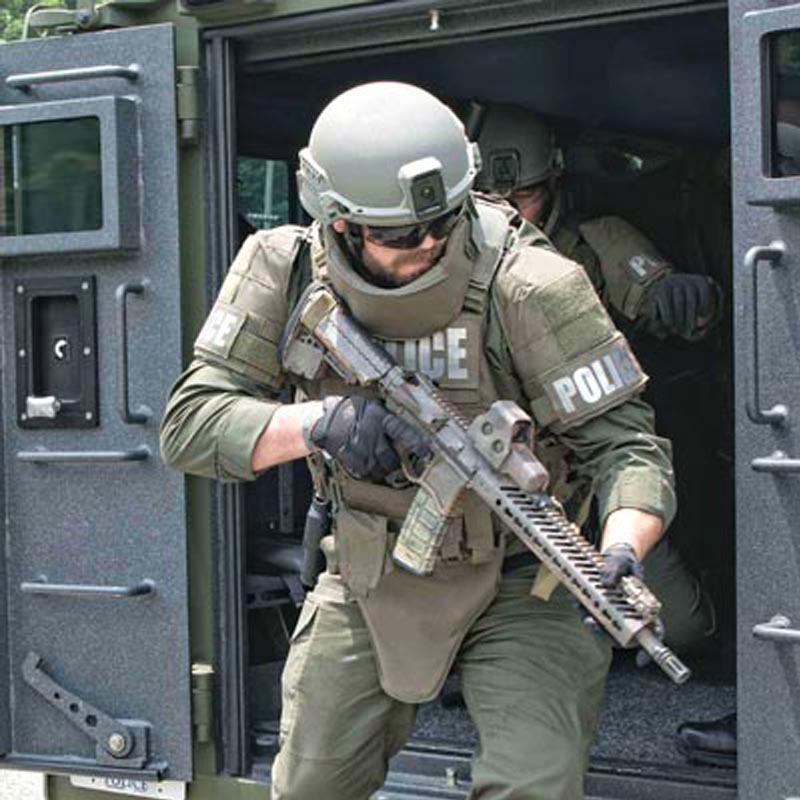WHAT IS THE MATERIAL OF BULLETPROOF VEST ? -CHINABALLISTIC.COM
Modern weapons are becoming more and more modern, and their power and accuracy are getting bigger and bigger. Even so, the bulletproof vest still maintains strong vitality, not only because it can effectively reduce the damage to personnel such as bullets, but also because of the advance technology of bulletproof vest’s materials. So what materials are modern bulletproof vests made of ?
The bulletproof vest is mainly composed of two parts: the jacket and the bulletproof layer. The jacket part is mainly made of common chemical fiber materials. The materials of the bulletproof layer are diversified, which are divided into different categories such as metal materials, ceramic materials, Kevlar materials developed in the United States, ultra-high molecular weight polyethylene fibers, and liquid protective materials. The combination forms a protective structure.
The bulletproof layer can absorb the kinetic energy of the warhead or shrapnel, and has a significant protective effect on low-speed warheads or shrapnel, which can effectively reduce the damage of bullets to the human body. At present, the bulletproof vest usually adopts the NIJ standard of the United States. The NIJ standard divides the bulletproof vest into six levels according to the protection ability from low to high, namely: Level I, Level IIA, Level II, Level IIIA, Level III, Level IV. Among them, the level IV has the strongest protection ability, which can prevent the armor-piercing projectile with a speed of 850M/S launched by the M1.
Depending on the material of the bulletproof layer, modern bulletproof vests are usually distinguished into 3 generations.
The first generation of bulletproof vest is a hard bulletproof vest, which mainly uses special steel, aluminum alloy and other metals as bulletproof materials. This type of bulletproof vest is heavy, usually around 20KG, which requires a relatively large load on people and is uncomfortable for people to wear. The most important thing is that its ballistic resistance is average, and it is easy to produce secondary fragments. In general, it is more like the steel armor or iron armor worn by ancient soldiers.
The second generation of bulletproof vest is soft bulletproof vest, usually made from multiple layers of high-performance fiber fabrics such as Kevlar. Compared with the first generation of bulletproof vest, it is very light in weight, only two to three kilograms. Because it is made of fiber fabric, the texture is very soft, and it is more comfortable for people to wear, and it is not easy to be seen wearing this kind of bulletproof vest. , the concealment is better. The most important thing is of course the bulletproof ability. It can prevent the shooting of pistols from 5 meters away, and it will not produce secondary shrapnel, but it may cause non-penetrating damage, and it feels like being hit by objects such as stones. In addition, for bullets fired by rifles or machine guns, soft bulletproof vest of general thickness is difficult to resist.

POLYETHYLENE

ARAMID
The third-generation bulletproof vest is a composite bulletproof vest. As the name suggests, it uses a variety of materials. Usually, lightweight ceramic sheets are used as the outer layer, and Kevlar and other high-performance fiber fabrics are used as the inner layer. It is the main development direction of future bulletproof vest.

BULLETPROOF CERAMIC PLATE LEVEL 4
At present, the materials and technologies of bulletproof vests are also under continuous development. The latest generation of bulletproof vests such as nano bulletproof vests and liquid bulletproof vests are all under research and development. It is believed that the protective ability and human comfort of future bulletproof vests will be improved.

